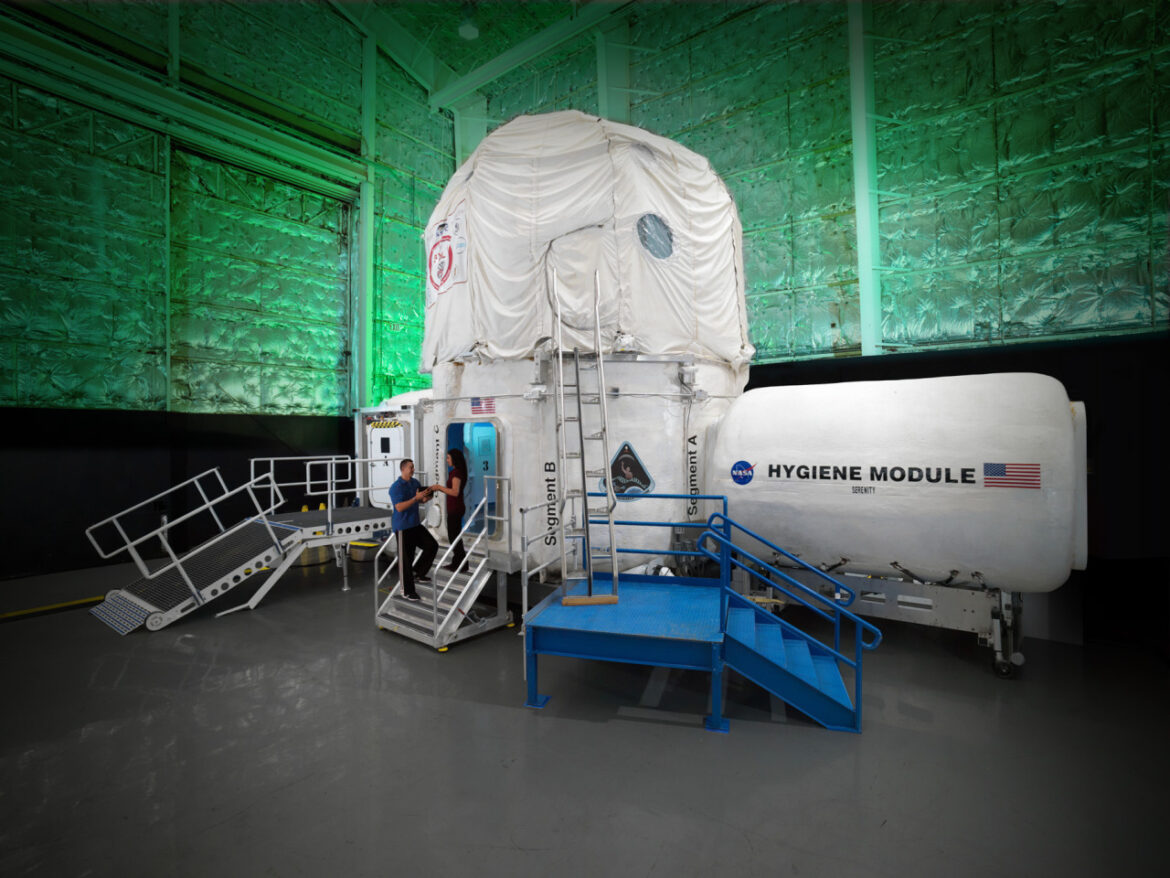By Richard Tew
The Post Newspaper Science and Technology Writer
With NASA eyeing future crewed missions to explore both the Moon and Mars, preparation is underway to train astronauts for the challenges of spaceflight life while exploring our closest celestial neighbors.
Deputy Element Scientist for Analogs Dr. Sara Whiting says “The Human Exploration Research Analog” (HERA) was started in 2014 and aims to replicate life working in a spaceflight vehicle.
“We try to keep the systems-the look and feel-of the habitat like it would be in flight,” said Whiting. “It looks more like what a real space vehicle would.”
NASA accomplishes this “look” using modern virtual reality and augmented reality technology.
Candidates for the mission are screened and selected for HERA—located at the Johnson Space Center—based on education, professional and real world experiences in the fields of science and technology.
Recently-selected for the 45 day mission are John Donehoo, a pharmacist, Sandra Herrmann, an marine laboratory specialist, Kimberly Knish, president of a medical services consulting company and Katie Koube, who works on modeling and testing synthetic lunar soil. There are also two members of a backup crew: Alicia Cruz Cortes, a flight controller for the International Space Station (ISS) and Vanessa Gomez Gonzales, a software engineer who has been working for NASA for eight years.
Though the crew are not astronauts, Whiting says they try to vet candidates in the same way astronauts would be.
“Anyone from within NASA or outside of NASA or the public can apply,” said Whiting. “We do try to keep the criteria similar to our astronaut crew. Because we are researching human health and performance, we want to keep our research participants with the same basic knowledge in scientific fields.”
According to a video published on NASA’s website, the main crew of four will be housed in their new home referred to as their “habitat.” Once inside, work begins and experiments are conducted. Some of those experiments look at physiological and psychological impacts of working in confinement with a team for extended amounts of time.
The research collected from this mission will be used to prep astronauts for upcoming Artemis II and III missions. Whiting says information gathered from this kind of research mission can also be applied to both real world medical and technology research.
The crew will start their research mission on January 27.
When he’s not writing on science and technology, Richard Tew teaches Irish dance to students of all ages at the Tew Academy of Irish Dance, http://www.tew-academy.org.

